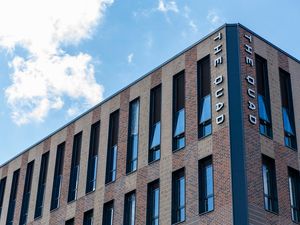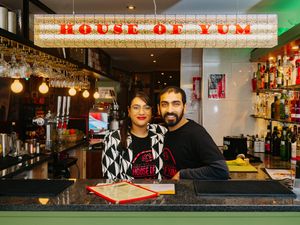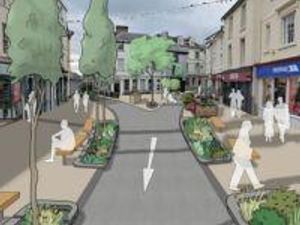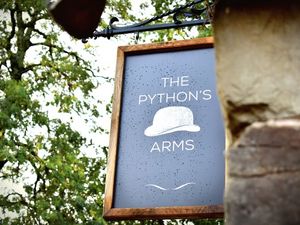First high-speed run of rare Aston Martin Bulldog shows supercar's potential
One of the world’s rarest supercars which was restored by a Bridgnorth firm has hit three major milestones in just nine days.
The Aston Martin Bulldog, which was restored by Classic Motor Cars (CMC), has won the Royal Automobile Club restoration of the year award.
CMC also won specialist of the year at the Octane Historic Motoring Awards, and on Saturday the car hit 162mph on its first shake-down session.
Nigel Woodward, managing director of CMC, said: “The last few days have been something of a whirlwind, to win two prestigious awards within a week is fantastic and is a great tribute to the team at CMC who have worked so hard on the car for the last 18 months.
"But to cap that by accelerating through 162 on our first time out with the car is just the icing on the cake.”
The car was tested privately at the Royal Naval Air Station at Yeovilton in Somerset.
This was part of a series of Royal Naval activities which saw the car unveiled at the Hampton Court Concours by two Royal Naval apprentices from the Royal Naval Air Station.
The car was showcased on board HMS Prince of Wales, Britain’s latest Aircraft carrier and the next testing is taking place back at RNAS Yeovilton once analysis of Saturday's testing takes place.
Richard Gauntlett, who represents the owner of the car Phillip Sarofim, and who sent the car to CMC for the restoration, was elated.
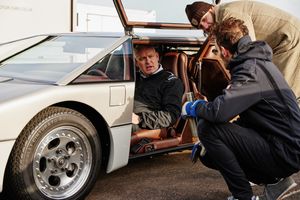
He said: “Seeing the car run like this for the first time in 40 years is a dream come true.
"I grew up with the car, I had a poster of it on my bedroom wall. I cannot thank the team at CMC enough for the hard work that they have put into this project.”
Victor Gauntlett, Richard’s father, was chairman of Aston Martin when the supercar was planned to be the first production car to exceed 200mph.
But the project was axed after the car reached nearly 192mph in 1980.
It was then sold and disappeared, occasionally surfacing around the world.
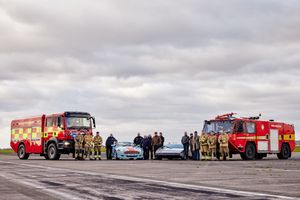
It was purchased by Mr Sarofim two years ago.
Richard added: “The car will be tested again either this year or at the beginning of next at the Royal Naval Air Station before we go for the 200mph record that it never did in 1980.
"The location of that attempt is still being discussed."
Nigel added: “There is still much to do but Saturday's session not only validated the car but also provided a lot of very useful data.
"The fact that without trying, and in the teeth of a 50mph crosswind we sailed through the 160mph mark in only three quarters of a mile, at reduced boost and on partial throttle says much.
"It was only a lack of bravery on my part and the fact that we were still evaluating the car that prevented us going faster."

